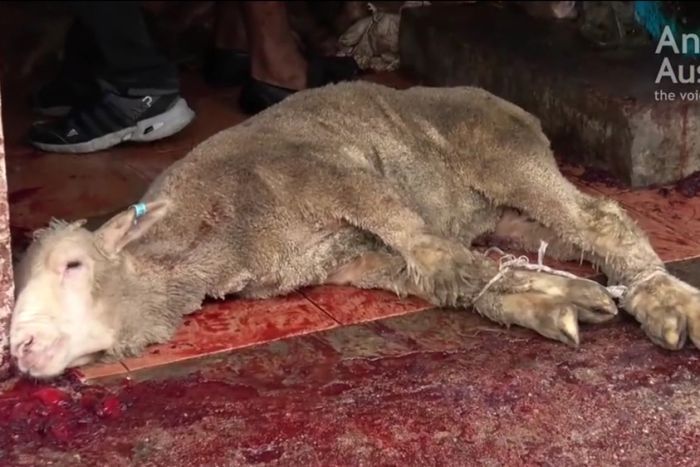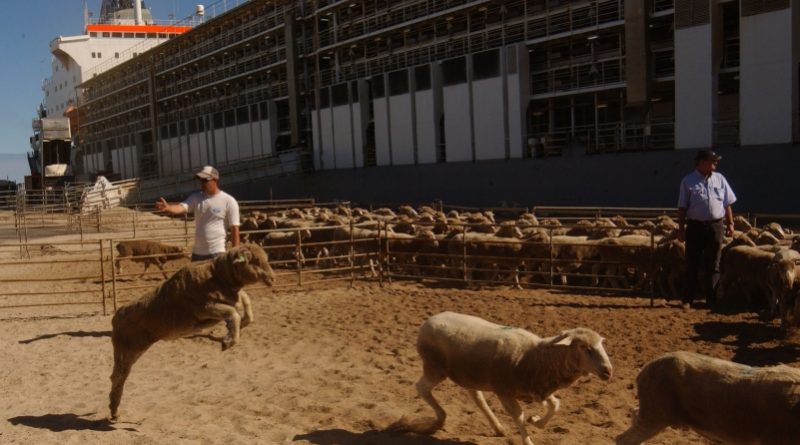Live export animal welfare needs feedback mechanism to farmers
By Patrick Francis
The recent statement by Animals Australia that farmers who are involved in the live export trade are being “kept in the dark” over the treatment of their stock seems to be correct. I have not heard or read about any farmer consigning animals to this trade being informed about where there livestock ended up, what percentage of their consignment died in transport, what percentage ended up being slaughtered in an ESCAS accredited facility, what were the carcase weights of slaughtered animals, and was each animal stunned before slaughter.
Given all Australian livestock must be sold with an identifying property identification code (PIC) which for sheep is farm based and for cattle is individual, then such traceability is not difficult especially for cattle where the tags can be read electronically. For sheep reading tags would cost more but that should be absorbed as part of participating in a transparent, humane livestock value chain. An even better option for farmers consigning sheep into live export markets is that they voluntarily apply an electronic tag in each anima’ls ear prior to leaving the farm. This would make tracking far simpler and automatic at each key point along the supply chain.
In Victoria this will not be necessary in the future as from 1 January 2017 the state has introduced compulsory electronic ear tags for new born sheep.
Animals Australia has told ABC Rural that to involve farmers exporting livestock in welfare outcomes, “It should be mandatory for producers to be notified by the [Agriculture] Department if their animals have been involved in breaches of regulations. Only then can they make informed decisions as to whether they want to continue to supply their animals to the export market.”
This is a good suggestion but it does not go far enough in ensuring farmers are a party to the welfare of the livestock they sell into this trade. It is time that ESCAS ensured complete feedback was provided to farmers so they know exactly what happened to every animal they consigned to an exporter. Farmers should receive a report on each consignment which details:
- The percentage of animals loaded onto the boat which were unloaded at the destination port.
- The destination of all their consignment animals post unloading.
- The carcase weight of all animals slaughtered and date slaughtered.
- The percentage of animals unloaded at port that are slaughtered. This will identify animals in a consignment that are lost to the ESCAS supply chain.
- A statement against each carcase weight as to whether or not stunning was used prior to slaughter.
Secure in the knowledge of the outcomes of each consignment of livestock, farmers will be in a clear position to make decisions about future consignments.
Livestock farmers would be outraged and vocal if the number of stock they consigned to a transport operator to deliver to sale yards or to an abattoir didn’t arrive. Similarly if they sold direct to the abattoir and the operator gave feedback that some of the animals went missing. The farmers would want to know what happened and if they died on route or were “lost” at the abattoir what steps the operators will take to ensure it didn’t happen again.
With live exports the farmer washes his hands of any consequences to the animals after handover to the exporting company usually at the port of departure. But the farmer is the most important player in this trade – he or she bred and grew the animals to export weight (or purchased animals to grow out to the export weight). It is therefore up to the farmers involved in the trade to accept or reject how it operates on welfare grounds as well as its impact on their farm business profit. They need data on which to make a decision and the technology (or personnel) to collect it should be present at all points along the supply chain from paddock to slaughter in the destination country.
Figure 1: This photo of an Australian sheep being inhumanely treated prior to slaughter was taken by Animals Australia during the Eid al Adha festival in 2016. The blue ear tag indicates it is a 2015 drop animal, and the Australian property identification code should be on the tag. Source: ABC Rural News 18 October 2016.




